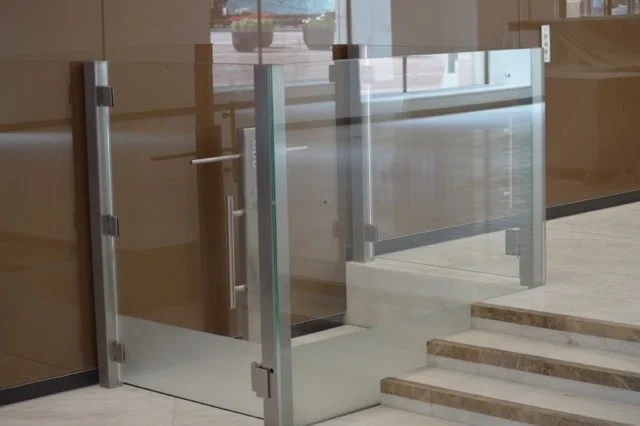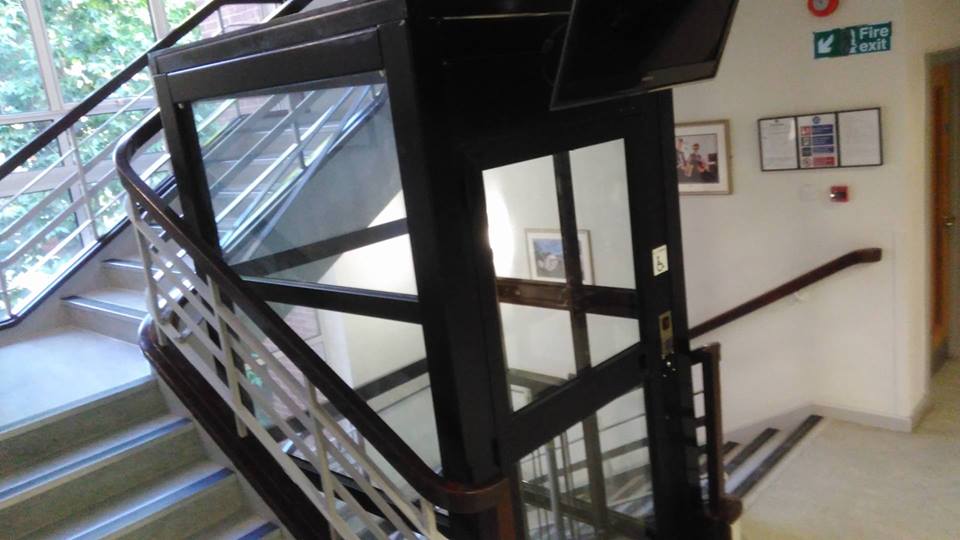The acronym LOLER stands for Lifting Operations and Lifting Equipment Regulations 1998. They set out the legal requirements in regard to the duties of people who own, operate, or manage lifting equipment. Lifting operations are defined as ‘the lifting or lowering of a load’, which can be products or people.
The regulations are in place to ensure that all lifting operations are planed properly, and carried in a safe and appropriate manner by trained and competent people. The equipment should only be used for its intended purpose, and a full risk assessment should be made.
The equipment should be kept to the manufacturer’s inspection and service schedule, with full records kept. Some of the LOLER regulations place legal requirements on the designers and manufacturers of lifting equipment, while others place obligations on the owners and operators.
LOLER regulations only apply to lifting equipment which is used at work, so people who have domestic lifts installed are exempt. Of course, lifts installed for use in private dwellings or in a place that is used with public access, for example a commercial wheelchair lift, should still be used in a safe manner and serviced on a regular basis.
Where a lift is installed for use at work, the dutyholder has an obligation to ensure the lift is thoroughly examined at statutory intervals of every six or 12 months. The lift should be maintained to a safe standard in the intervening periods, and any defects should be addressed promptly.
A competent person should be selected to maintain the lift, who has sufficient technical and practical knowledge to be able to recognise faults and know how to address them. The person can be employed from an outside organisation if necessary.
The person who carries out the thorough examination should not be the same person who is responsible for the routine maintenance of the lift. This is to maintain an objective and impartial viewpoint. Reports of the thorough examinations should be made and kept available for the information of health and safety inspectors.







































